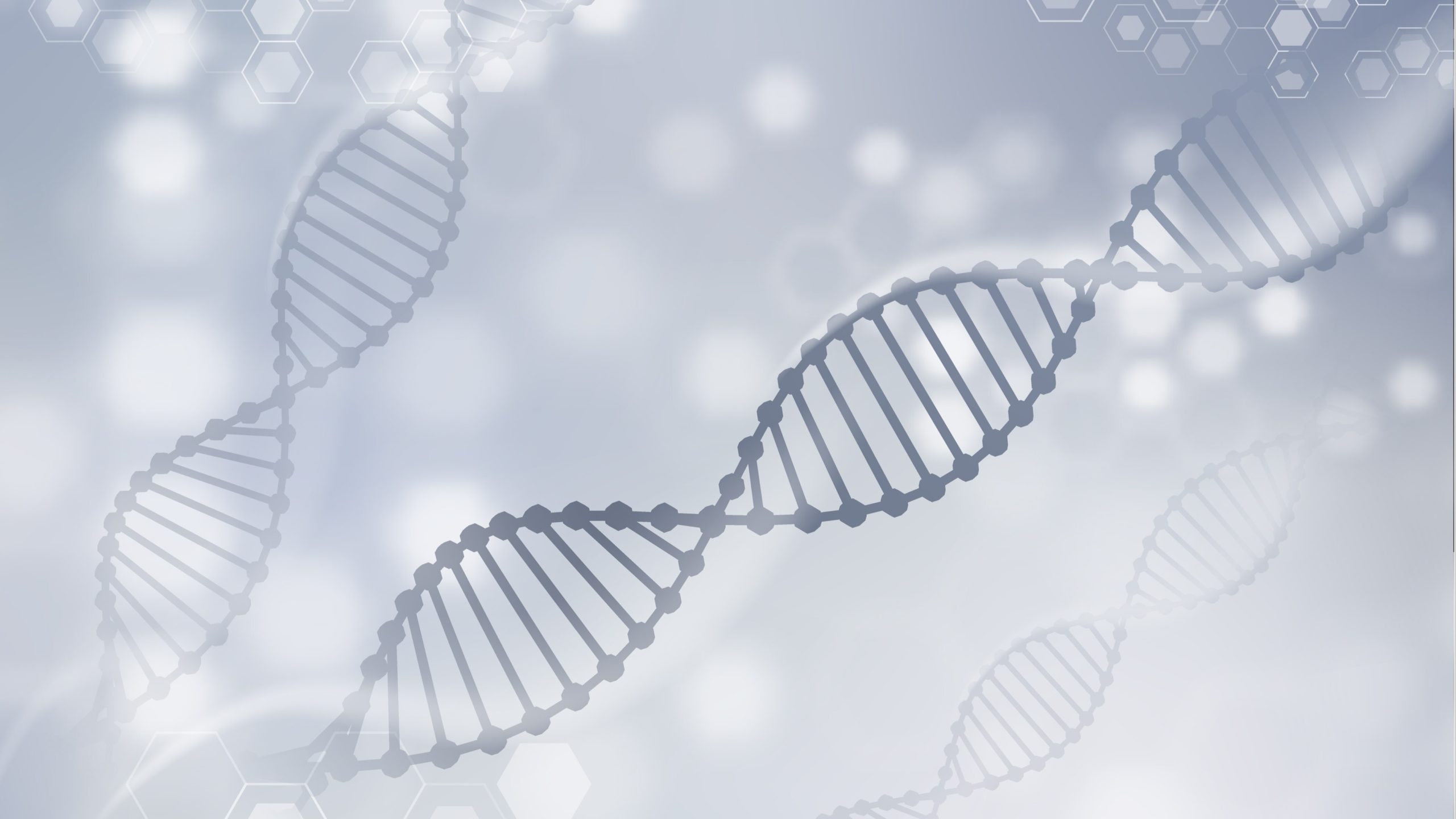The DNA Data Storage Alliance has released its first DNA storage specifications, which aims to standardize the storage of vendor info and CODECs, thus paving the way to further standardization that will help cement DNA storage as a viable form of data storage. DNA storage technology is still in its infancy, and the two new specifications of DNA Data Storage Alliance, including companies such as HDD- and SSD-maker Western Digital, represent the first standard capable of achieving industry-wide acceptance.
The key problem with DNA as a storage medium is that it’s geared towards storing genetic data, not human-created data such as photos and videos. “DNA does not have a fixed physical structure, a built-in controller, or a way to address different regions of the media linearly,” according to the DNA Data Storage Alliance. To get around this issue, the group says a new way of “booting up” DNA for storage purposes is required.
To this end, the group has developed two specifications to standardize the storage of vendor data and the CODEC inside of DNA storage: Sector Zero and Sector One. Sector Zero contains the info necessary to identify which vendor made the DNA and what CODEC (the method of converting DNA data to digital data and vice versa) is employed for encoding Sector One. In turn, Sector One includes metadata and is meant to enable the reading of actual DNA-stored data.
DNA storage technology already exists, and you can even apparently buy 1KB worth of DNA storage for $1,100. What the DNA Data Storage Alliance promises is standardization, which could be as important as the actual DNA storage technology itself. A standard format for reading and writing DNA data in theory would prevent the industry from becoming fragmented to the point of being an obstacle to the adoption of DNA storage.
DNA is seen as a potentially attractive medium for data storage thanks to its molecular size. Additionally, that it’s made of four base molecules (adenine, thymine, guanine, and cytosine) could mean DNA is more efficient at storing data than binary-based storage.
DNA isn’t just being experimented with for storage but is potentially capable of being used as a processor as well. One research paper submitted to Nature, one of the most prestigious science journals, says DNA could be used to make a CPU-like processor. Another experiment was able to create a DNA processor capable of storage as well.
